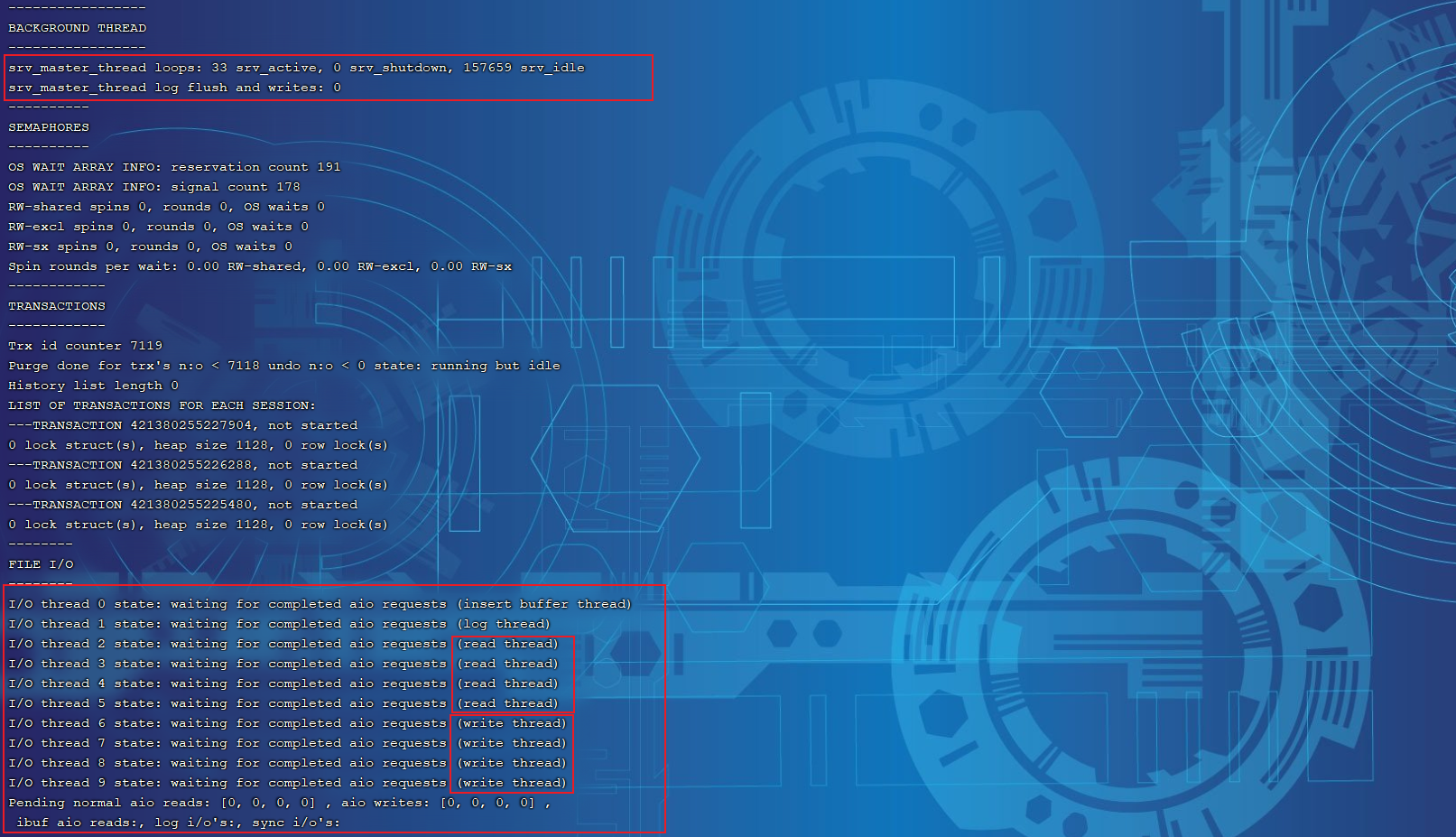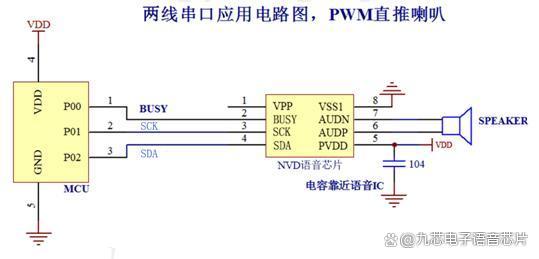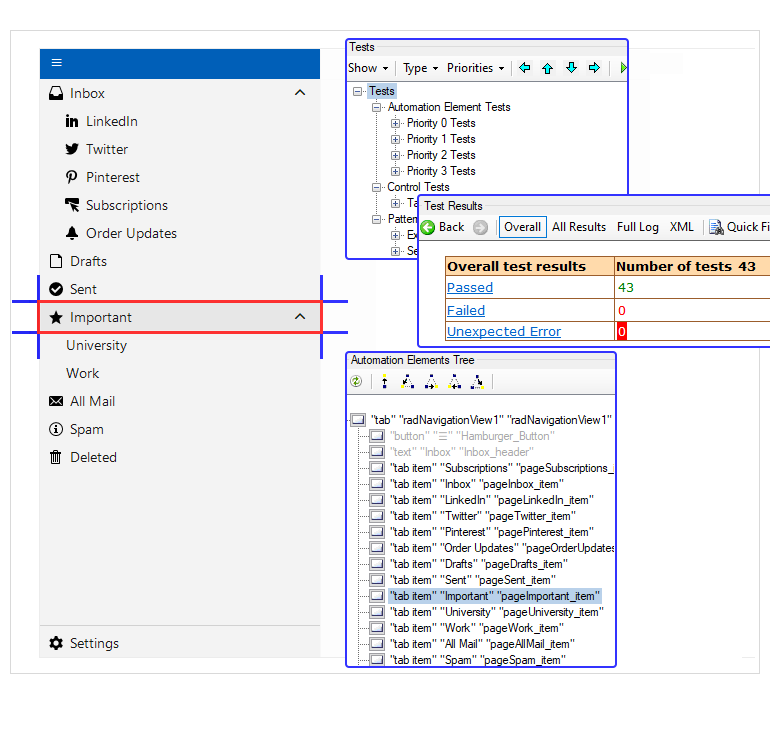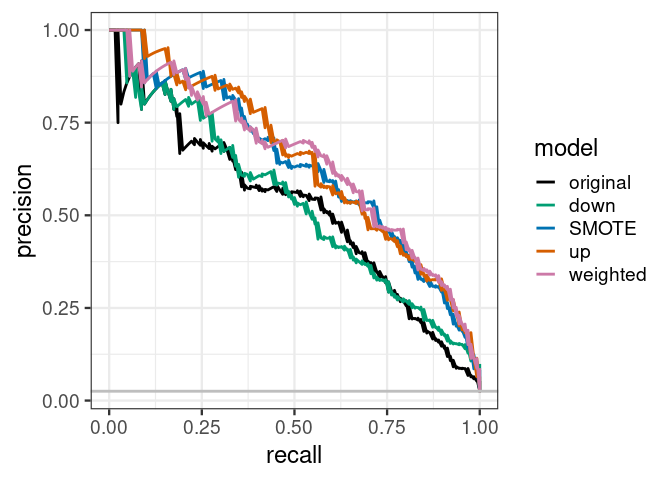
文章目录
- 1. 定义
- 2. 算法步骤
- 2.1 MSD基数排序
- 2.2 LSD基数排序
- 3. LSD 基数排序动图演示
- 4. 性质
- 5. 算法分析
- 6. 代码实现
- C语言
- Python
- Java
- C++
- Go
- 结语
⚠本节要介绍的不是计数排序
1. 定义
基数排序(英语:Radix sort)是一种非比较型的排序算法,最早用于解决卡片排序的问题。基数排序将待排序的元素拆分为k个关键字,逐一对各个关键字排序后完成对所有元素的排序。
-
如果是从第1关键字到第k关键字顺序进行比较,则该基数排序称为 MSD(Most Significant Digit first)基数排序——最高位优先法(从高位到低位);
-
如果是从第k关键字到第1关键字顺序进行比较,则该基数排序称为 LSD(Least Significant Digit first)基数排序——最低位优先法(从低位到高位)。
基数排序是将整数按位数切割成不同的数字,然后按每个位数分别比较,由于整数也可以表达字符串(比如名字或日期)和特定格式的浮点数,所以基数排序也不是只能使用于整数。
2. 算法步骤
2.1 MSD基数排序
将待排序的元素拆分为k个关键字,先对第1关键字进行稳定排序,然后对于每组 具有相同关键字的元素 再对第2关键字进行稳定排序(递归执行)……最后对于每组 具有相同关键字的元素 再对第k关键字进行稳定排序。

一般而言,我们默认基数排序是稳定的,所以在 MSD 基数排序中,我们也仅仅考虑借助 稳定算法(通常使用计数排序)完成内层对关键字的排序。
2.2 LSD基数排序
将待排序的元素拆分为k个关键字,然后先对 所有元素 的第k关键字进行稳定排序,再对 所有元素 的第k-1关键字进行稳定排序,再对 所有元素 的第k-2关键字进行稳定排序……最后对 所有元素 的第1关键字进行稳定排序,这样就完成了对整个待排序序列的稳定排序。

LSD 基数排序也需要借助一种 稳定算法 完成内层对关键字的排序。同样的,通常使用计数排序来完成。
3. LSD 基数排序动图演示

4. 性质
稳定性:
如果对内层关键字的排序是稳定的,则 MSD 基数排序和 LSD 基数排序都是稳定的排序算法。
空间复杂度:
MSD 基数排序和 LSD 基数排序的空间复杂度都为 O ( k + n ) O(k+n) O(k+n)。
时间复杂度:
基数排序每一位的比较可以使用线性排序,比如桶排序或者计数排序,当然需要保证如计数排序的稳定性。每次排序时间复杂度O(n),那么如果有k位,则时间复杂度为 O ( k ∗ n ) O(k*n) O(k∗n),如果k不大比如手机号11位,那么时间复杂度就是 O ( n ) O(n) O(n)
通常而言,基数排序比基于比较的排序算法(比如快速排序)要快。但由于需要额外的内存空间,因此当内存空间稀缺时,原地置换算法(比如快速排序)或许是个更好的选择。
一般来说,如果每个关键字的值域都不大,就可以使用 [计数排序]作为内层排序,此时的复杂度为 O ( k n + ∑ i = 1 k w i ) O(kn+{\sum_{i=1}^k}wi) O(kn+∑i=1kwi),其中 w i wi wi为第i关键字的值域大小。如果关键字值域很大,就可以直接使用基于比较的 O ( n k l o g n ) O(nklogn) O(nklogn)排序而无需使用基数排序了。
5. 算法分析
基数排序基于分别排序,分别收集,所以是稳定的。但基数排序的性能比桶排序要略差,每一次关键字的桶分配都需要 O ( n ) O(n) O(n)的时间复杂度,而且分配之后得到新的关键字序列又需要 O ( n ) O(n) O(n)的时间复杂度。假如待排数据可以分为d个关键字,则基数排序的时间复杂度将是 O ( d ∗ 2 n ) O(d*2n) O(d∗2n),当然d要远远小于n,因此基本上还是线性级别的。
基数排序的空间复杂度为O(n+k),其中k为桶的数量。一般来说 n > > k n>>k n>>k,因此额外空间需要大概n个左右。
6. 代码实现
C语言
#include<stdio.h>
#define MAX 20
//#define SHOWPASS
#define BASE 10
void print(int *a, int n) {
int i;
for (i = 0; i < n; i++) {
printf("%d\t", a[i]);
}
}
void radixsort(int *a, int n) {
int i, b[MAX], m = a[0], exp = 1;
for (i = 1; i < n; i++) {
if (a[i] > m) {
m = a[i];
}
}
while (m / exp > 0) {
int bucket[BASE] = { 0 };
for (i = 0; i < n; i++) {
bucket[(a[i] / exp) % BASE]++;
}
for (i = 1; i < BASE; i++) {
bucket[i] += bucket[i - 1];
}
for (i = n - 1; i >= 0; i--) {
b[--bucket[(a[i] / exp) % BASE]] = a[i];
}
for (i = 0; i < n; i++) {
a[i] = b[i];
}
exp *= BASE;
#ifdef SHOWPASS
printf("\nPASS : ");
print(a, n);
#endif
}
}
int main() {
int arr[MAX];
int i, n;
printf("Enter total elements (n <= %d) : ", MAX);
scanf("%d", &n);
n = n < MAX ? n : MAX;
printf("Enter %d Elements : ", n);
for (i = 0; i < n; i++) {
scanf("%d", &arr[i]);
}
printf("\nARRAY : ");
print(&arr[0], n);
radixsort(&arr[0], n);
printf("\nSORTED : ");
print(&arr[0], n);
printf("\n");
return 0;
}
Python
# coding=utf-8
def radix_sort(array):
max_num = max(array)
place = 1
while max_num >= 10**place:
place += 1
for i in range(place):
buckets = [[] for _ in range(10)]
for num in array:
radix = int(num/(10**i) % 10)
buckets[radix].append(num)
j = 0
for k in range(10):
for num in buckets[k]:
array[j] = num
j += 1
return array
if __name__ == '__main__':
array = [25, 17, 33, 17, 22, 13, 32, 15, 9, 25, 27, 18]
print(radix_sort(array))
Java
/**
* 基数排序
* 考虑负数的情况还可以参考: https://code.i-harness.com/zh-CN/q/e98fa9
*/
public class RadixSort implements IArraySort {
@Override
public int[] sort(int[] sourceArray) throws Exception {
// 对 arr 进行拷贝,不改变参数内容
int[] arr = Arrays.copyOf(sourceArray, sourceArray.length);
int maxDigit = getMaxDigit(arr);
return radixSort(arr, maxDigit);
}
/**
* 获取最高位数
*/
private int getMaxDigit(int[] arr) {
int maxValue = getMaxValue(arr);
return getNumLenght(maxValue);
}
private int getMaxValue(int[] arr) {
int maxValue = arr[0];
for (int value : arr) {
if (maxValue < value) {
maxValue = value;
}
}
return maxValue;
}
protected int getNumLenght(long num) {
if (num == 0) {
return 1;
}
int lenght = 0;
for (long temp = num; temp != 0; temp /= 10) {
lenght++;
}
return lenght;
}
private int[] radixSort(int[] arr, int maxDigit) {
int mod = 10;
int dev = 1;
for (int i = 0; i < maxDigit; i++, dev *= 10, mod *= 10) {
// 考虑负数的情况,这里扩展一倍队列数,其中 [0-9]对应负数,[10-19]对应正数 (bucket + 10)
int[][] counter = new int[mod * 2][0];
for (int j = 0; j < arr.length; j++) {
int bucket = ((arr[j] % mod) / dev) + mod;
counter[bucket] = arrayAppend(counter[bucket], arr[j]);
}
int pos = 0;
for (int[] bucket : counter) {
for (int value : bucket) {
arr[pos++] = value;
}
}
}
return arr;
}
/**
* 自动扩容,并保存数据
*
* @param arr
* @param value
*/
private int[] arrayAppend(int[] arr, int value) {
arr = Arrays.copyOf(arr, arr.length + 1);
arr[arr.length - 1] = value;
return arr;
}
}
C++
int maxbit(int data[], int n) //辅助函数,求数据的最大位数
{
int maxData = data[0]; ///< 最大数
/// 先求出最大数,再求其位数,这样有原先依次每个数判断其位数,稍微优化点。
for (int i = 1; i < n; ++i)
{
if (maxData < data[i])
maxData = data[i];
}
int d = 1;
int p = 10;
while (maxData >= p)
{
//p *= 10; // Maybe overflow
maxData /= 10;
++d;
}
return d;
/* int d = 1; //保存最大的位数
int p = 10;
for(int i = 0; i < n; ++i)
{
while(data[i] >= p)
{
p *= 10;
++d;
}
}
return d;*/
}
void radixsort(int data[], int n) //基数排序
{
int d = maxbit(data, n);
int *tmp = new int[n];
int *count = new int[10]; //计数器
int i, j, k;
int radix = 1;
for(i = 1; i <= d; i++) //进行d次排序
{
for(j = 0; j < 10; j++)
count[j] = 0; //每次分配前清空计数器
for(j = 0; j < n; j++)
{
k = (data[j] / radix) % 10; //统计每个桶中的记录数
count[k]++;
}
for(j = 1; j < 10; j++)
count[j] = count[j - 1] + count[j]; //将tmp中的位置依次分配给每个桶
for(j = n - 1; j >= 0; j--) //将所有桶中记录依次收集到tmp中
{
k = (data[j] / radix) % 10;
tmp[count[k] - 1] = data[j];
count[k]--;
}
for(j = 0; j < n; j++) //将临时数组的内容复制到data中
data[j] = tmp[j];
radix = radix * 10;
}
delete []tmp;
delete []count;
}
Go
var (
K int = 3 // 基数排序需要的全局变量
RADIX int = 10
queue [][]int
)
func radix_sort_queue_pop(qu []int) []int {
if len(qu) == 0 {
return qu // 如果数组为空,不做任何操作
}
// 删除第一个元素
qu = qu[1:]
return qu
}
func radix_sort_queue_push(qu []int, data int) []int {
qu = append(qu, data)
return qu
}
func radix_sort_get_key(value int, k int) int {
key := 0
for k >= 0 {
key = value % 10
value /= 10
k--
}
return key
}
func radix_sort_distribute(arr []int, left int, right int, k int){
// k表示是第几次分发数据
for i:=left; i<right; i++ {
key := radix_sort_get_key(arr[i], k)
queue[key] = radix_sort_queue_push(queue[key], arr[i])
}
}
func radix_sort_collect(arr []int) {
k := 0
for i:=0; i < RADIX; i++ {
for len(queue[i]) != 0 {
arr[k] = queue[i][0] // 先进先出
k++
queue[i] = radix_sort_queue_pop(queue[i])
}
}
}
func radix_sort_by_group(arr []int, left int, right int) {
for i:=0; i<K; i++ {
// 分发数据
radix_sort_distribute(arr, left, right, i)
// 回收数据
radix_sort_collect(arr)
}
}
func radix_sort(arr []int, sz int) {
// 初始化队列
queue = make([][]int, RADIX)
left := 0
right := sz;
radix_sort_by_group(arr, left, right)
}
结语
今天的分享到这里就结束啦!如果觉得文章还不错的话,可以三连支持一下。
也可以点点关注,避免以后找不到我哦!
Crossoads主页还有很多有趣的文章,欢迎小伙伴们前去点评,您的支持就是作者前进的动力!
带你初步了解排序算法:https://blog.csdn.net/2301_80191662/article/details/142211265
直接插入排序:https://blog.csdn.net/2301_80191662/article/details/142300973
希尔排序:https://blog.csdn.net/2301_80191662/article/details/142302553
直接选择排序:https://blog.csdn.net/2301_80191662/article/details/142312028
堆排序:https://blog.csdn.net/2301_80191662/article/details/142312338
冒泡排序:https://blog.csdn.net/2301_80191662/article/details/142324131
快速排序:https://blog.csdn.net/2301_80191662/article/details/142324307
归并排序:https://blog.csdn.net/2301_80191662/article/details/142350640
计数排序:https://blog.csdn.net/2301_80191662/article/details/142350741
桶排序:https://blog.csdn.net/2301_80191662/article/details/142375338
基数排序:https://blog.csdn.net/2301_80191662/article/details/142375592
十大经典排序算法总结与分析:https://blog.csdn.net/2301_80191662/article/details/142211564




















